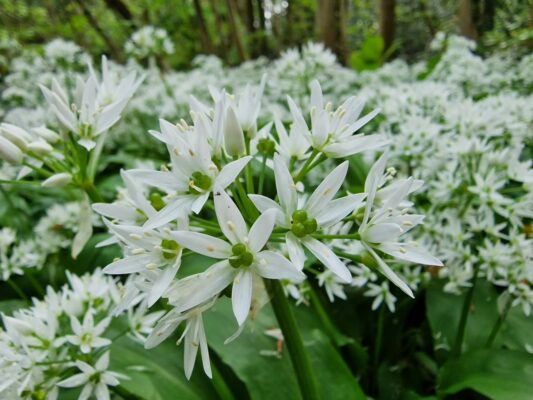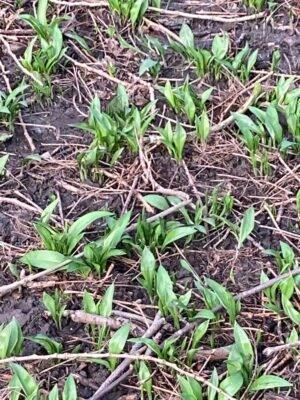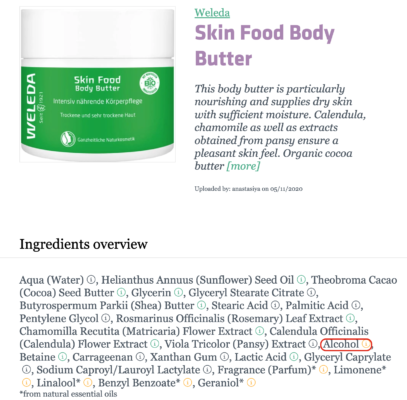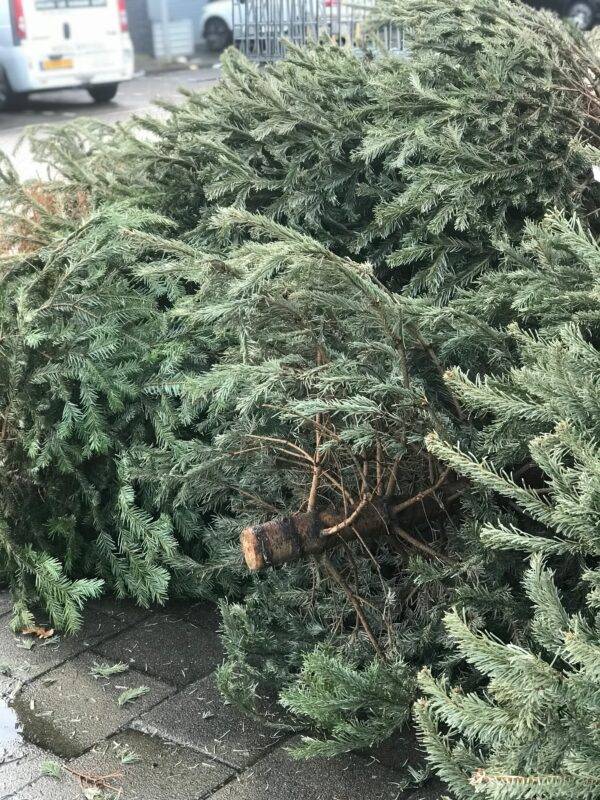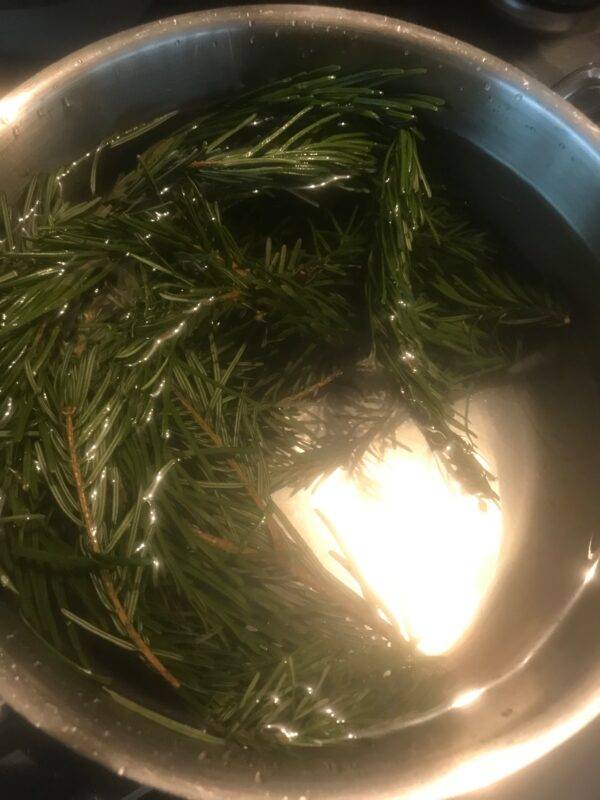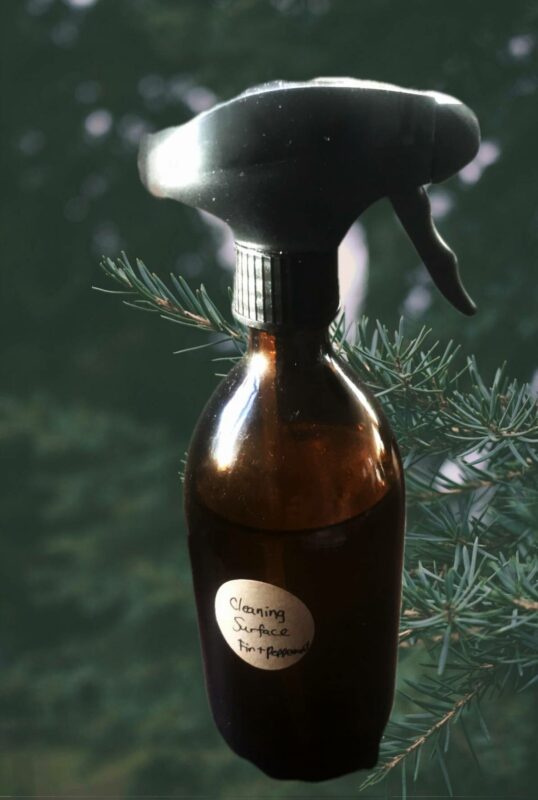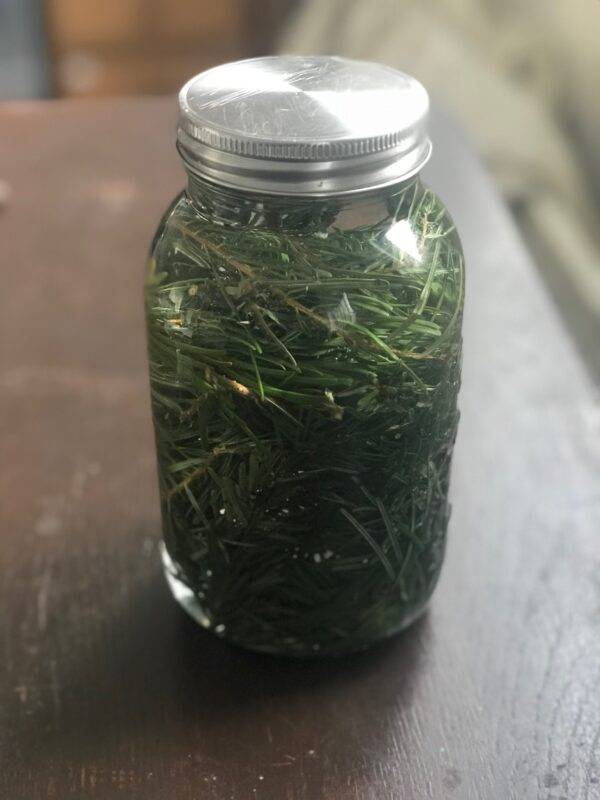Foraging for wild plants from your neighbourhood is an easy way to boost your immune system. When you are foraging you are not only taking a walk, and absorbing Vitamin D from the sun, but you are also picking the nutrient-dense wild plants that thrived in the weather/climate in your area. This helps to keep your body tuned to your local nature.
Before I share with you my favourite 5 wild herbs, please keep in mind the following rules for foraging wild herbs and plants.
Rules for Foraging
- Never pick plants near the road or chemical waste.
- If you don’t know which plants are edible, search on the internet, books, or participate in the foraging tour with the experts.
- Always bring a book or a photo when identifying the wild plants for the first time.
- There are deadly plants that look similar to edible plants, such as wild onion and some lily plants. For wild onions, always smell them so you know by the onion aroma.
My favourite top 3 wild herbs to forage in early Spring
Now, I am going to share with you the my favourite 5 delicious wild herbs and plants which can be picked in the Spring to be added to your everyday cooking!
1. Wild Garlic (Allium ursinum)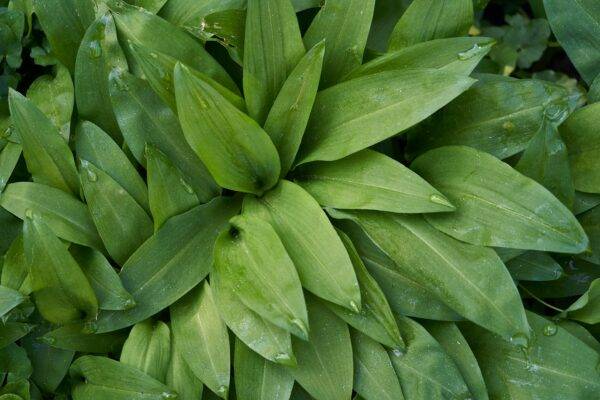
This is my favourite wild herb because of its aroma similar to garlic, onion, and chive. It makes the dishes taste so lively, and garlicky!
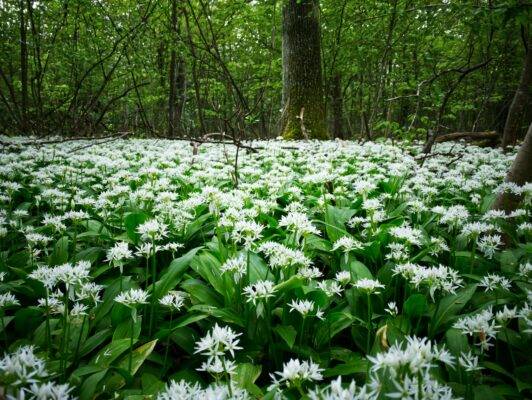
I love preparing pesto with wild garlic. Just replace the basil with wild garlic and add olive oil, nuts (pine nuts/walnuts), salt, and parmesan cheese as an option. Use the blender, and blend well.
It’s also delicious just cooking them in sesame oil (any cooking oil will do), and stir fry. Drizzle soy sauce, and there you have a delicious green dish!
Our family enjoys adding them in dumplings, replacing the chinese cabbage! It’s sooooo delicious that when we find a bunch, we always plan for steamed dumpling for the evening.
The wild garlic is not only delicious but also have wonderful health benefits such as treating chronic diseases, improving heart health, helps witih high cholesterol and blood pressure, and more.
Always pick only the leaves which are looking fresh, green, and well hydrated. Don’t dig up the bulbs, so that they come back the following year.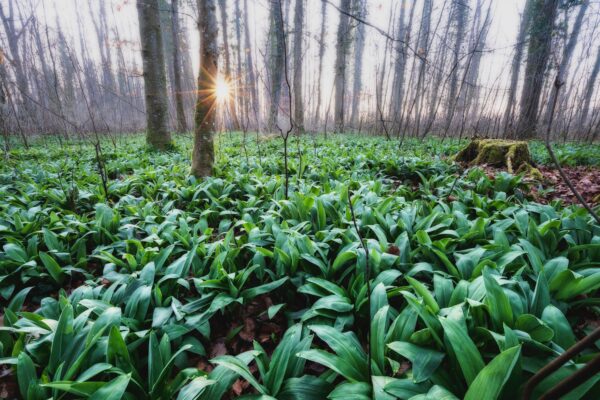
[Photo: There is a similar looking herb people often mistake for. Please make sure to rip the leaf and smell for the garlicky, onion like aroma. The aroma makes it distinct from other plants.]
[On the photo below, wild garlic sprouts, just coming out as they wake up from the winter (12.2.2022 – Amsterdam)]2. Flower of Butterbur
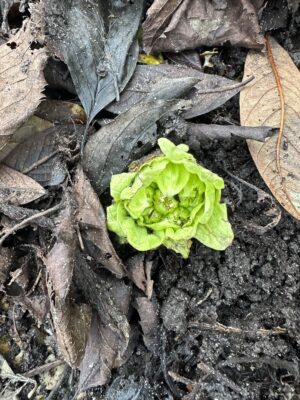 Yesterday (13th of February, 2023) in my garden in the North side of Amsterdam, I harvested this year’s very first butterbur sprouts. The sprout you in this photo is not fully open yet. In fact, this is the best timing to harvest. The aroma is best kept when it’s half closed.
Yesterday (13th of February, 2023) in my garden in the North side of Amsterdam, I harvested this year’s very first butterbur sprouts. The sprout you in this photo is not fully open yet. In fact, this is the best timing to harvest. The aroma is best kept when it’s half closed.
With the ones I harvested, I made a typical Japanese “Fukinoto” (butterbur sprouts) dish prepared by boiling and then washing in cold water. After squeezing out the water, chop them in small pieces, then add miso and sesame oil or olive oil. Soy sauce would work too. Once marinated (20 to 30 minutes) serve it with steamed vegetables, pasta, bread, or rice. The butterbur has a beautiful floral aroma, and it has a bit of bitterness. Very typical of wild plants in Spring time. The taste of the bitterness, freshen up the body and prepare your body for the new season ahead! The wild herbs during this time is usually associated with detoxifying what was accumulated over the winter.
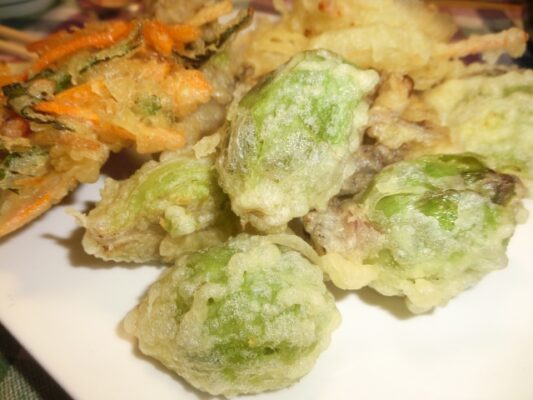 Not only it is healthy but also taste wonderful when cooked as tempura. After dipping the sprouts in a batter prepared from flour, water, and egg, fry it with olive oil or coconut oil. This is another favourite dish of mine. The bitterness seems milder in this dish because of the oil.
Not only it is healthy but also taste wonderful when cooked as tempura. After dipping the sprouts in a batter prepared from flour, water, and egg, fry it with olive oil or coconut oil. This is another favourite dish of mine. The bitterness seems milder in this dish because of the oil.
“Butterbur sprouts are an excellent source of fiber, which can help regulate the digestive tract, and provide beta-carotene, vitamins B1, B2, B3, and C, calcium, and potassium. The buds also contain fukinolic acid and chlorogenic acid, which are believed to promote anti-allergy and anti-inflammatory benefits.”
3. Horsetail shoots
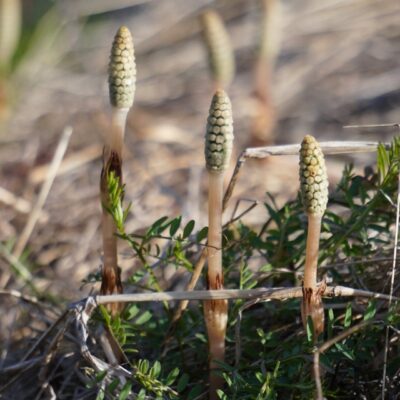 Did you know that horse tail is one of the ancient plant on this mother earth? It survived through the time of the dinosaur. They are the family of fern. It is full of antioxidant and contains silica. It’s been used for natural remedy that goes back in Greek and Roman Empires. The horsetail can be drank as tea.
Did you know that horse tail is one of the ancient plant on this mother earth? It survived through the time of the dinosaur. They are the family of fern. It is full of antioxidant and contains silica. It’s been used for natural remedy that goes back in Greek and Roman Empires. The horsetail can be drank as tea.
I found a great article on “When and How to Harvest Horsetail Green Stalks.” According to the article, it’s best to harvest the srping green tops between March to June “when the leaves are still vibrant green and pointing upward or outward.” During those time the silica crystals are water soluble, but as they get later in the season it because less water-soluble.
[Photo: Grown horsetail. It can be drank as a herbal tea.]
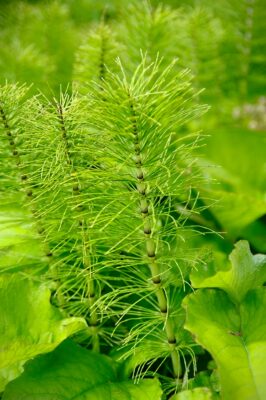 In Japan there are variety of delicious dishes using “Tsukushi” (horsetail shoot). You can find all the recipes using horsetail shoot from here on Cookpad.
In Japan there are variety of delicious dishes using “Tsukushi” (horsetail shoot). You can find all the recipes using horsetail shoot from here on Cookpad.
My favourite dish is the saute, with soy-sauce and a tiny bit of maple syrup. Make sure to wash and soak in water before cooking.
It’s also rich in vitamin C, E, Carotene, reduces swellings, prevention for diabetes, prevents high blood pressure, decrease eye stress, and effective for hay fever.

